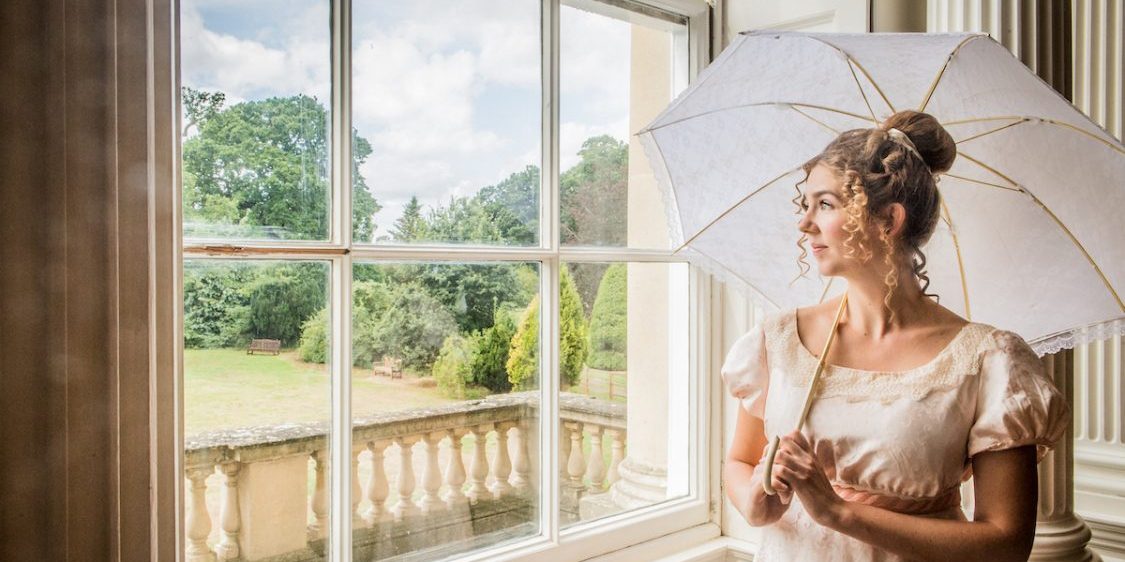As a lover of Jane Austen’s novels, I have always felt that they do not offer the sort of dramatic set pieces that opera needs. So I have mixed feelings about Jonathan Dove’s attempt to turn Mansfield Park into a chamber opera. I was intrigued to see what he and his librettist Alasdair Middleton would make of the petty divisions in the household of Sir Thomas Bertram and of the character of Fanny Price, the humble and shy outsider who eventually outshines her two Bertram cousins. But I was skeptical that the work could rise above the “how different is it from Austen’s original story” question that was bound to arise. It is a clever adaptation – with some glorious music – but it remains a retelling of the story rather than stand-alone opera.
The opera as first conceived was to be mounted not on stages but inside large houses like the mythical Mansfield Park. Waterperry Opera’s production was on this occasion staged inside St John’s Church Buxton and it was not an ideal venue. For many in the audience the view of the singers was limited and the acoustic – as in many churches – was fine for the rare ensemble moments but difficult for solo singers. As a result, unless you know the novel well the story is difficult to follow. But even with these limitations the cast of ten fine singers breath life into the characters and even conjure some moments of real charm from the inventive quasi-recitative that Dove does so well.
Fanny Price is from a poor home in Portsmouth and is distantly related to the Bertram family. She has been brought up in their extensive house in Mansfield Park since she was a child but her “inferiority of birth” is always in the background and she is treated by some members of the family as almost a servant. She has three cousins – Edmund who is her friend and Maria and Julia who treat her with indifference. The plot revolves around the impact that two outsiders, brother, and sister Mary and Henry Crawford, have on the family. The opera departs from the book in some important respects and in one way – by focussing on the progress of two “romantic” relationships (Fanny and Henry, and Edmund and Mary) – leads to a clearer focus on the issue of love versus financial security that is a key part of every Austen novel.
One of the consequences of the way Dove and Middleton have adapted the story is that the ten characters are all given the spotlight almost equally, so picking out singers for special mention is invidious. This is, even more, the case when one accepts that the music avoids those operatic set pieces that give singers the chance to shine. But Sian Griffiths as Fanny Price and Ellie Neate as Maria Bertram, both fine singers, do seem to inhabit the characters in a vivid way and, despite few opportunities, the quality of Robin Bailey’s lovely tenor voice shines through (he plays Henry Crawford). The comic characters – Mr. Rushworth, Lady Bertram, Aunt Norris – are less well drawn by Dove and Middleton. The highlights are ensemble moments – a ‘double duet’ in chapter six and the ‘chorale’ finale.
The setting necessarily limits the options for director Rebecca Meltzer but the space including the aisle is well used for constantly shifting groupings – certainly no moments of ‘park and bark’. The interaction of the characters with the audience as we take our seats works well. And the original score for four hands on one piano was well judged in pace and dynamics by Bradley Wood and George Ireland. This is an interesting experiment in musical story-telling – not entirely successful but well worth catching if Waterperry Opera comes your way.

